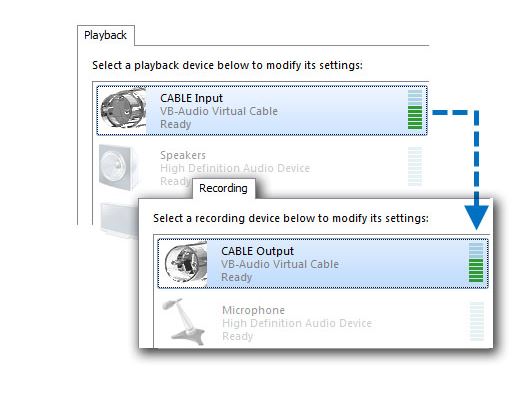

Some of these unrecognized noises are, wind, plumbing, air-conditioning, neighbors, cars, refrigerator, and birds. In everyday life, we forget how much noise is around us try and choose a room that will minimize these effects. If the room is full of hard surfaces, put a carpet on the ground or curtains on the wall to soak up some of the sound-this is especially true if you play a brass instrument. These surfaces will create an echo effect called slapback, making the recordings hard to listen to. Preferably you want a room with high ceilings and not too many reflexive and hard surfaces. A small rehearsal space or large living room would be fine. You want a large enough room so that you can put a microphone where someone would be sitting if this were a recital. Whether it be markings on the recording, stating your piece before you play, time requirements or restrictions on editing you must follow the rules or the committee may very well not consider your recording. All of these options produce excellent recordings…if you know what you’re doing it’s just a matter of how much you’re willing to spend.Įvery school has its own rules for sending in recordings-it is your job to know what they are. This will set you back between 70-500 dollars depending on the recorder. The last great option is to buy a recording device.

Video equipment that simultaneously records will set you back between 230-500 dollars. If you buy microphones and an adapter to plug into your computer you will usually spend between 200 and many thousands of dollars-depending on the equipment. This will usually set you back more than $1000 but you won’t have to deal with the technical details of putting together a great recording. The first and most expensive option is to hire a professional sound engineer. The first and most crucial thing to decide on is how much you want to spend on these recordings.

Have someone in the room and do a mock recording After checking much of this information out, I’ve put together a list of steps, along with comments and explanations, which should help you out.Ģ.ğollow the rules for that specific recordingĦ. Luckily, there is plenty of good information available online about the best and most appropriate equipment, and the steps necessary in preparing an audition video. You may be among the best at playing your instrument, or a terrific singer, but a good or poor audition video can mean the difference between getting to the next round or giving up in defeat!

Sending in prescreening recordings for music auditions and jobs is now a common practice, but if you have very little experience with audio and video recording, creating your own performance video can present enormous challenges.


 0 kommentar(er)
0 kommentar(er)
